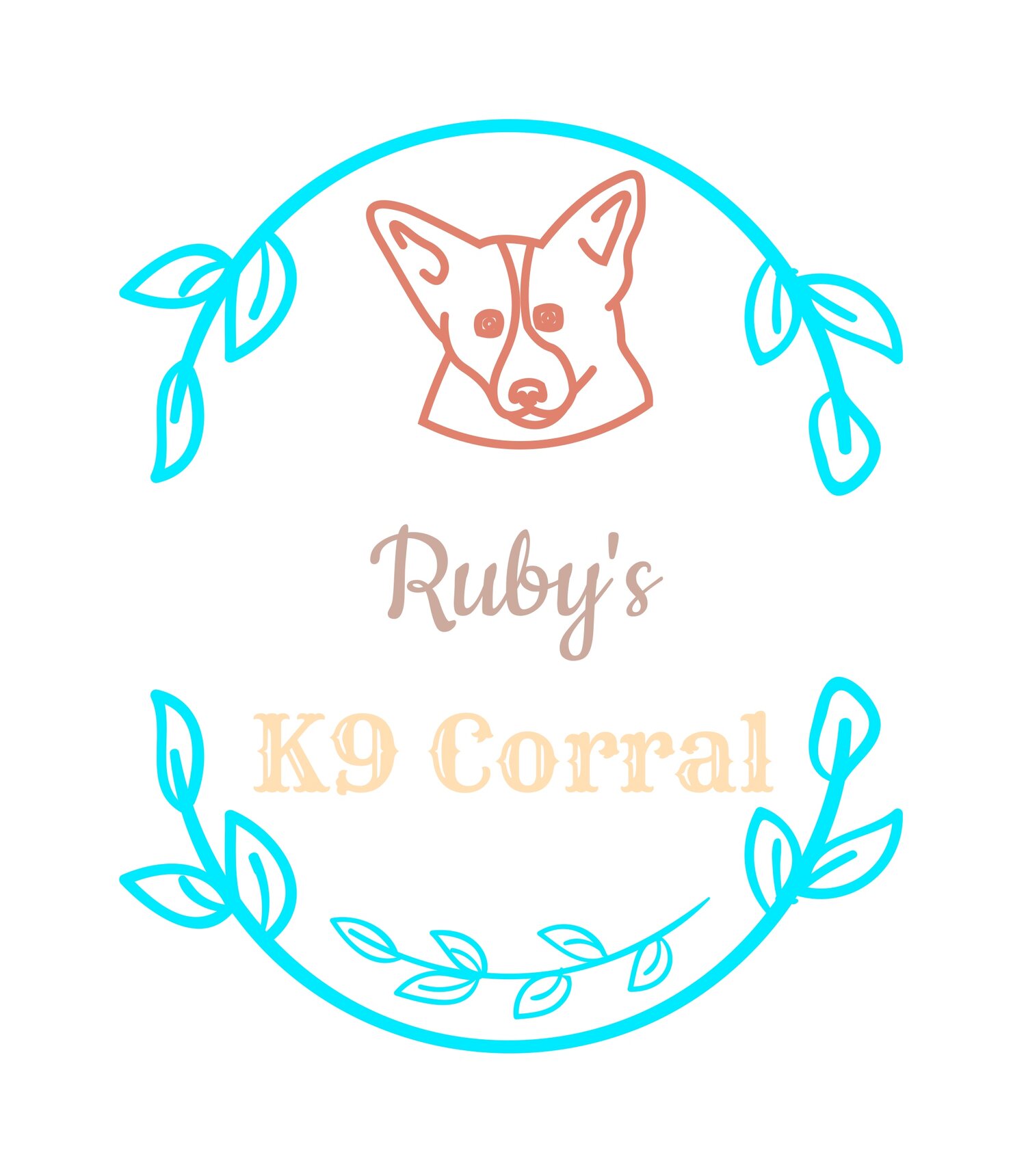Keeping Your Dog Hydrated: Tips and Signs of Dehydration
Welcome to Ruby's Pet Care Blog! 🐾
Keeping your dog hydrated is crucial for its overall health and well-being. Just like humans, dogs need a constant supply of water to maintain bodily functions, regulate temperature, and stay active. In this blog, we'll explore the importance of hydration, tips for ensuring your dog drinks enough water, and the signs of dehydration to watch out for.
Why Hydration is Important for Dogs
Water is essential for nearly every function in your dog's body, including:
Temperature Regulation: Dogs pant to cool down, which can lead to water loss.
Nutrient Absorption: Water aids in the digestion and absorption of food.
Waste Removal: Proper hydration helps flush out toxins through urine.
Joint Lubrication: Water keeps joints lubricated, promoting mobility.
Energy Levels: Hydrated dogs are generally more energetic and healthier.
How Much Water Does Your Dog Need?
The general rule of thumb is that a dog should drink about 1 ounce of water per pound of body weight each day. For example, a 50-pound dog should drink approximately 50 ounces of water daily. However, individual needs can vary based on factors like activity level, diet, and weather conditions.
Tips for Keeping Your Dog Hydrated
Fresh Water Supply:
Always ensure your dog has access to clean, fresh water. Change the water at least once a day.
Multiple Water Stations:
Place multiple water bowls around your home and yard to encourage drinking, especially for larger breeds or multi-pet households.
Interactive Water Fountains:
Consider using a pet water fountain. The flowing water can attract dogs and encourage them to drink more.
Flavor the Water:
Add a splash of low-sodium broth or a few ice cubes to make the water more appealing.
Hydration-Boosting Foods:
Incorporate water-rich foods into your dog's diet, such as watermelon, cucumber, and ice cubes made from diluted broth.
Regular Breaks:
During exercise or playtime, take regular breaks to offer water.
Monitor During Hot Weather:
Dogs are more prone to dehydration in hot weather. Provide shade and ensure they have extra water during these times.
Signs of Dehydration in Dogs
It's essential to recognize the signs of dehydration early to prevent serious health issues. Common signs include:
Dry Gums and Nose:
Healthy gums should be moist, and the nose should be slightly wet. Dryness can be a dehydration sign.
Lethargy:
Dehydrated dogs may appear tired, lethargic, or less interested in activities.
Sunken Eyes:
Dehydration can cause the eyes to appear sunken or dull.
Loss of Skin Elasticity:
Gently pinch the loose skin on the back of your dog's neck. If it doesn't snap back quickly, your dog may be dehydrated.
Excessive Panting:
While panting is normal, excessive or unusual panting can be a sign of dehydration.
Reduced Appetite:
Dehydration can lead to a decrease in appetite or refusal to eat.
Dark, Concentrated Urine:
Urine should be pale yellow. Dark, concentrated urine indicates dehydration.
What to Do If Your Dog is Dehydrated
Offer Water Gradually:
Encourage your dog to drink small amounts of water frequently. Too much at once can cause vomiting.
Electrolyte Solutions:
Consider offering an electrolyte solution designed for pets to help rehydrate your dog quickly.
Consult Your Vet:
If symptoms persist or worsen, seek veterinary care immediately. Severe dehydration can be life-threatening.
